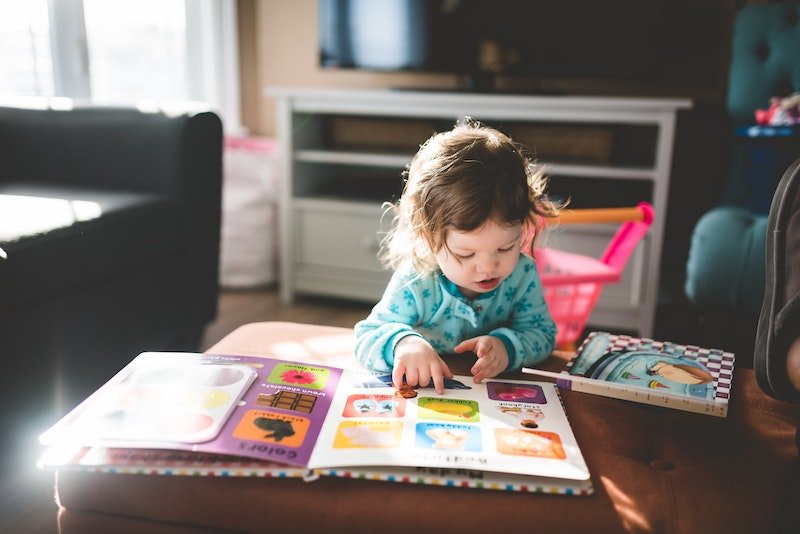Managing Autism at Home With Early Intervention
Parents or primary caregivers have always played the leading role in early intervention, monitoring for signs of developmental disabilities such as autism at home, and implementing strategies to minimize its effects and maximize their child’s potential. However, early intervention has also traditionally been a coordinated effort between parents and clinical professionals, a collaboration through which an Individualized Family Service Plan (IFSP) is specially tailored to the child’s unique sensibilities and needs. While care coordinators still remain very much invested in each child’s progress, it’s been more often from afar during the COVID-19 pandemic (i.e., remote early intervention).
Therefore, it’s more incumbent on parents/caregivers before to take charge in managing autism at home than ever. Early intervention seeks the clearest path to connecting with your child through a commitment to listening and learning. The brain has the greatest plasticity between birth and the age of 3, and this is when parents can make the biggest impact on their child’s developmental trajectory. Here are some early intervention strategies you can employ at home within this critical window.
First 3 months
Talk to, sing to, cuddle, and comfort your infant when he or she cries (which peaks at 6 weeks and by 3 months averages about an hour a day). These months are about establishing a foundation of physical contact and emotional support, learning about the environmental stimuli he or she likes or dislikes.
Age 3 to 6 months
Cultivate new movement skills like rolling, creeping, and crawling by placing the baby in different positions. Try to get your child to reach or grasp for toys and objects. Be on the lookout for the more diverse verbal and nonverbal cues he or she should be developing to communicate needs — children this young are already starting to internalize the rules of conversation. Talk back (it can be in real words and sentences, this helps build vocabulary!), sing to them, read stories. This stage is where the framework for patterns and routines is set in place.
Age 6 to 9 months
A desire for exploration, independence, and personality traits should start to surface — you should encourage all these things responsibly. Another key benchmark here is the ability to sleep through the night.
Age 9 to 12 months
Intent is the operative word here — most babies can at this point clearly express interests, in actions if not always in words. Babies by now should also be moving more fluidly, so allow them a safe space to range around and build confidence. Your goal as a parent or caregiver should be to encourage play and curiosity — child-proof play areas so you can focus on observing, learning, and responding instead of warning or reprimanding.
Age 12 to 15 months
What is your child’s temperament and how does it mesh with your own? Encourage the toddler’s strengths and support him in the things he may struggle with. Respect and nurture your toddler’s individuality as you continue to learn more about one another.
Age 15 to 18 months
Toddlers begin testing their problem-solving skills and better comprehending language and emotions. Let them use their minds and bodies to figure things out while watching and guiding along the way. Set a good example in the way you react to things (including their inevitable tantrums); engage their inquisitiveness and strides toward solutions.
Age 18 to 24 months
In the months leading up to your child’s second birthday, language and (the imagination to go along with it) truly begins to blossom. When a child seems to have trouble forming a word or is just on the cusp, use repetition to guide him or her toward the correct pronunciation. When the toddler is demonstrating a want or need through a nonverbal cue, follow up with a verbal confirmation. Cultivate complete sentences, complete thoughts, and be prepared to laugh and play along!
Age 2 to 3 years
The biggest leaps in this phase come in the adaptive (using the toilet) and social (forming friendships) dimensions of early childhood development. Focus on helping your child understand social and emotional cues and how to manage conflict (e.g., whose turn is it first?), using both imaginary scenarios and supervised real-life interactions to hash things out. Also be patient and willing to entertain the “whys” as the toddler’s world broadens to include new people and new experiences.
Making the most out of the most important years
Keep in mind that children develop at different rates, and taking a longer time to reach milestones is not always a cause for alarm. If you do notice signs of autism — lack of expression or gestures to communicate needs, delays in motor skill development, emotional or social detachment or disinterest, distress or inability to cope with changes — do not panic. Find a motivating context for learning, something your child enjoys doing that can form a basis for bonding and catching up in an area of deficiency.
An IFSP crafted in tandem with an early intervention services coordinator can help you and your child work together toward concrete goals with actionable strategies, even while quarantined at home. Get in touch with ECCM and set your child on a promising path toward a fulfilling future.

